History
10 Powerful Cities Of Ancient North America
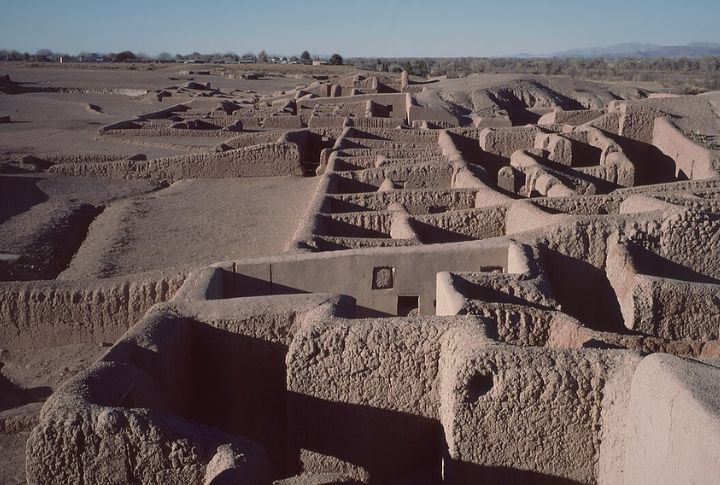
Walking through certain places, you wouldn’t guess they were once thriving cities. Grass covers the foundations, and trees have replaced streets. But centuries ago, they were alive with movement and ideas. The past happened right here in ways that might surprise you. Let’s take a journey through time and discover the stories these cities still hold.
Cahokia
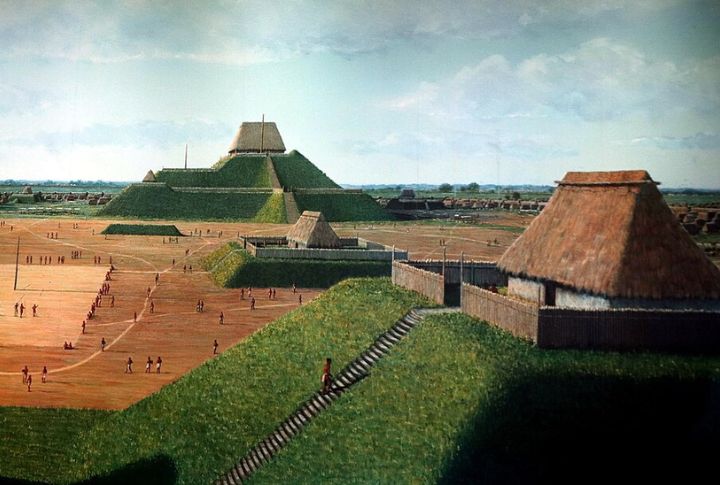
At its height, Cahokia had more people than London, with an estimated population of 20,000 at its peak from 1050 to 1350 AD. The city functioned as a central trade hub, with goods circulating throughout the region. By 1400, the city was largely abandoned, possibly due to environmental strain or political instability.
Chaco Canyon
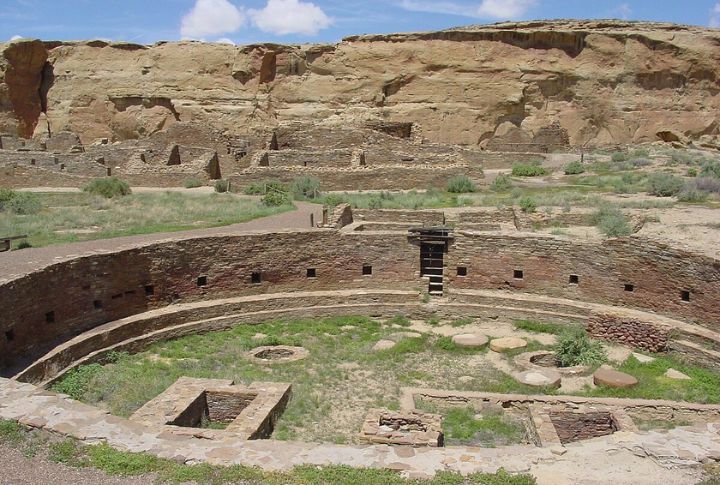
The desert holds secrets, and Chaco Canyon is one of them. Between 900 and 1150 AD, the Ancestral Puebloans built grand stone structures with multiple stories and hundreds of rooms. These structures were aligned with celestial events to demonstrate a deep understanding of astronomy. The site’s eventual abandonment remains debated.
Mesa Verde
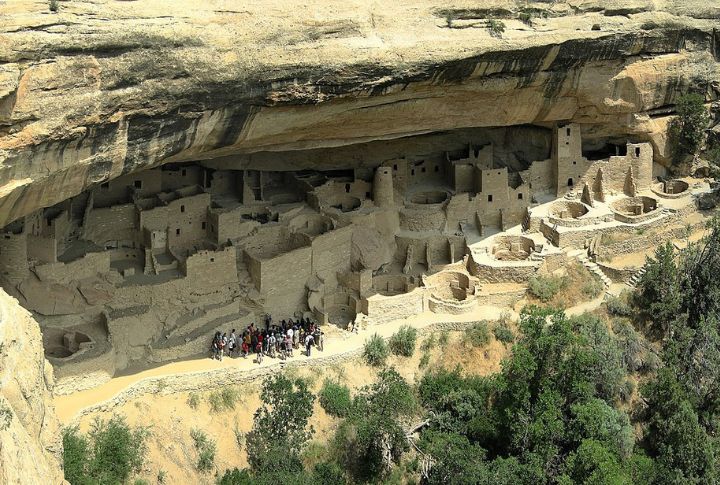
During the period of 600 to 1300 AD, the Ancestral Puebloans built and lived in these intricate stone dwellings, some of which had up to 150 rooms. These structures provided natural protection from the elements and potential invaders. Pottery and petroglyphs found in the area reveal a society deeply connected to agriculture and craftsmanship.
Poverty Point
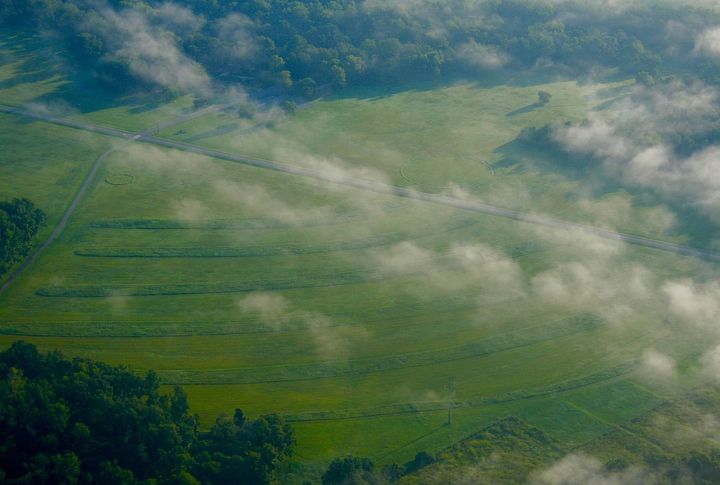
Built over 3,000 years ago, Poverty Point is older than Rome and predates the construction of the Egyptian pyramids. Located in present-day Louisiana, it consists of six concentric ridges and massive earthen mounds. The people of Poverty Point were exceptional engineers, moving millions of cubic feet of soil without metal tools or domesticated animals.
Etowah
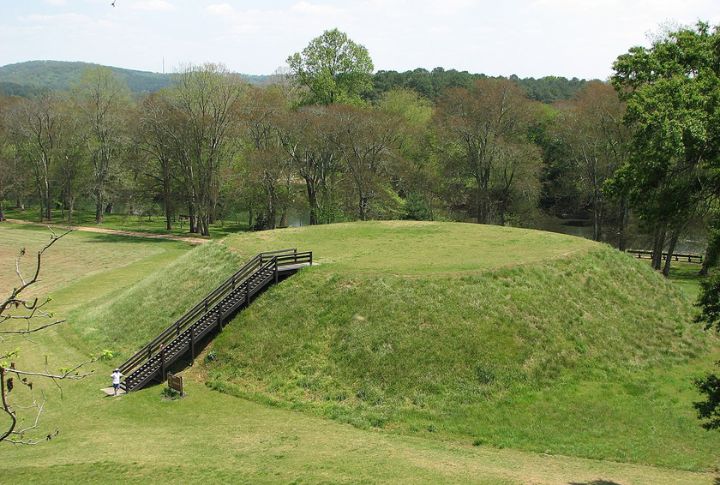
Power wasn’t always displayed in castles and palaces. At Etowah, it was shown through mounds. This Mississippian city flourished throughout 1000–1550 AD and was a dominant political and religious center. Evidence of warfare indicates that conflict played a role in daily life. Etowah was eventually abandoned, possibly due to political shifts and European contact.
Spiro
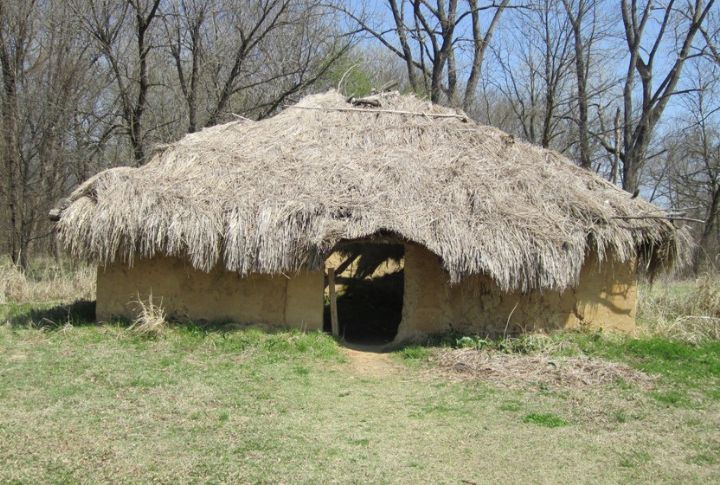
To outsiders, Spiro might seem like just another mound site. But the treasures found inside tell a different story. From 800 to 1450 AD, Spiro, located in present-day Oklahoma, became a hub of religious and cultural exchange. The site functioned as a spiritual and ceremonial center, where leaders conducted rituals and guided their communities.
Moundville
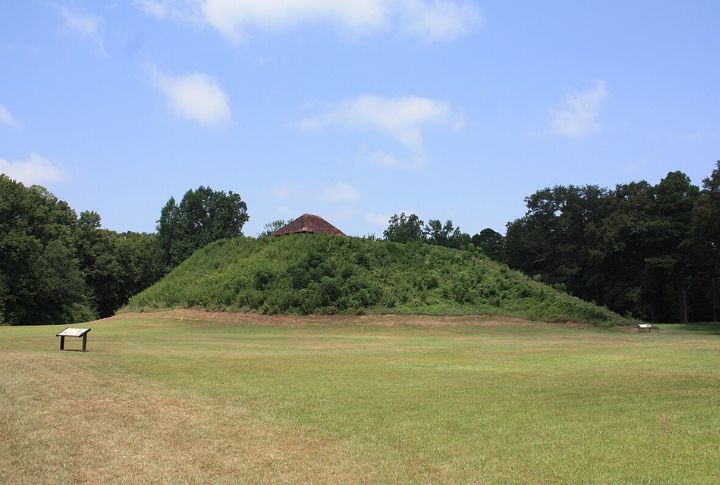
Alabama’s Moundville was a statement. Flourishing over the course of 1000 to 1450 AD, it was one of the most significant Mississippian settlements, with over 29 mounds arranged around a central plaza. Social hierarchy was deeply ingrained, with elite families residing on platform mounds while commoners lived in surrounding areas.
Paquime
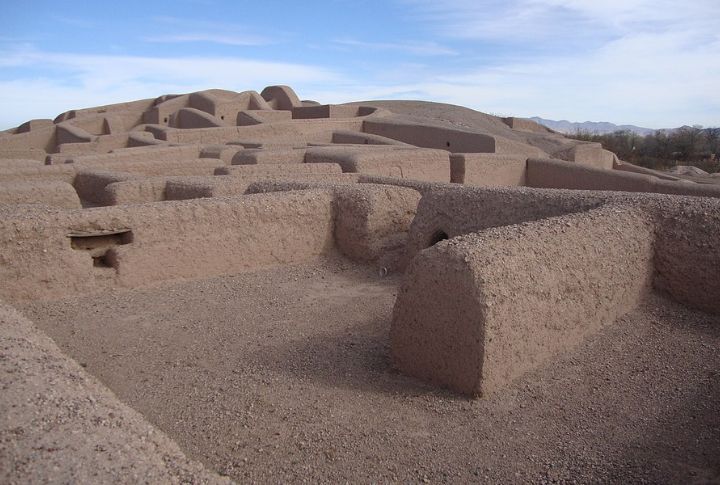
Located in present-day northern Mexico, Paquime thrived between 1200 and 1450 AD and had strong connections to cultures in the southwestern United States. The city featured multi-story adobe structures and evidence of extensive trade, including goods from as far as Mesoamerica and the American Southwest.
Snaketown
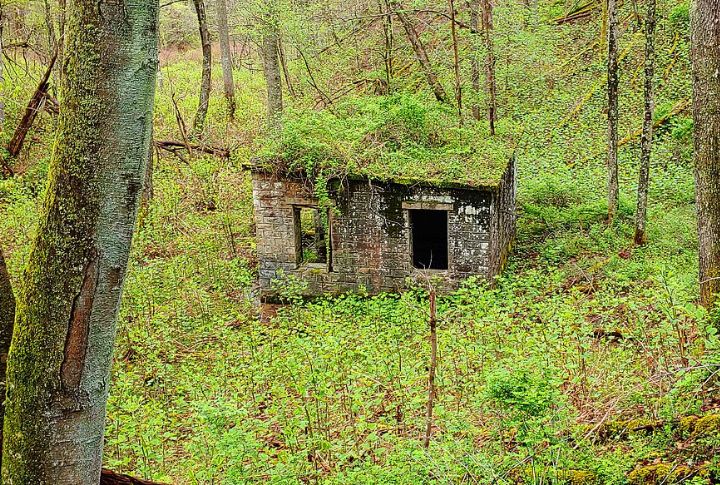
The Hohokam civilization thrived in Snaketown, located in present-day Arizona, from 300 to 1200 AD. Known for its advanced irrigation systems, ball courts, and far-reaching trade networks that extended to Mesoamerica, the city also showcased remarkable craftsmanship, as evidenced by its pottery and other artifacts.
Kincaid Mounds
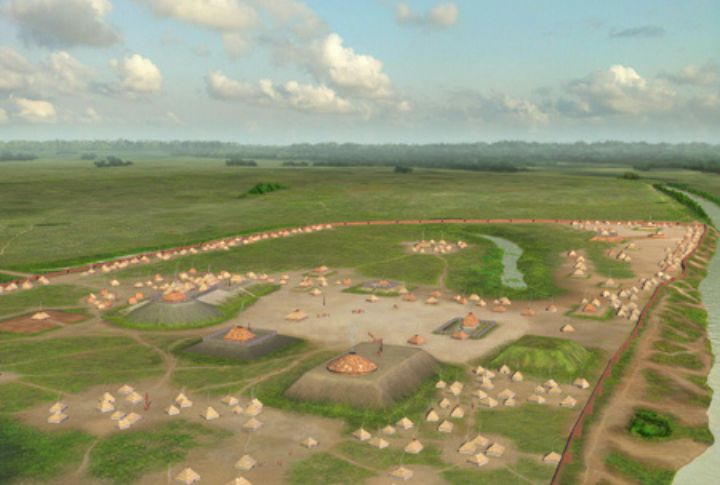
Kincaid Mounds flourished between 1050 and 1400 AD. As a major Mississippian center, it had large platform mounds, a central plaza, and evidence of long-distance trade. Archaeological findings suggest it was a regional power that possibly rivaled Cahokia in influence.

